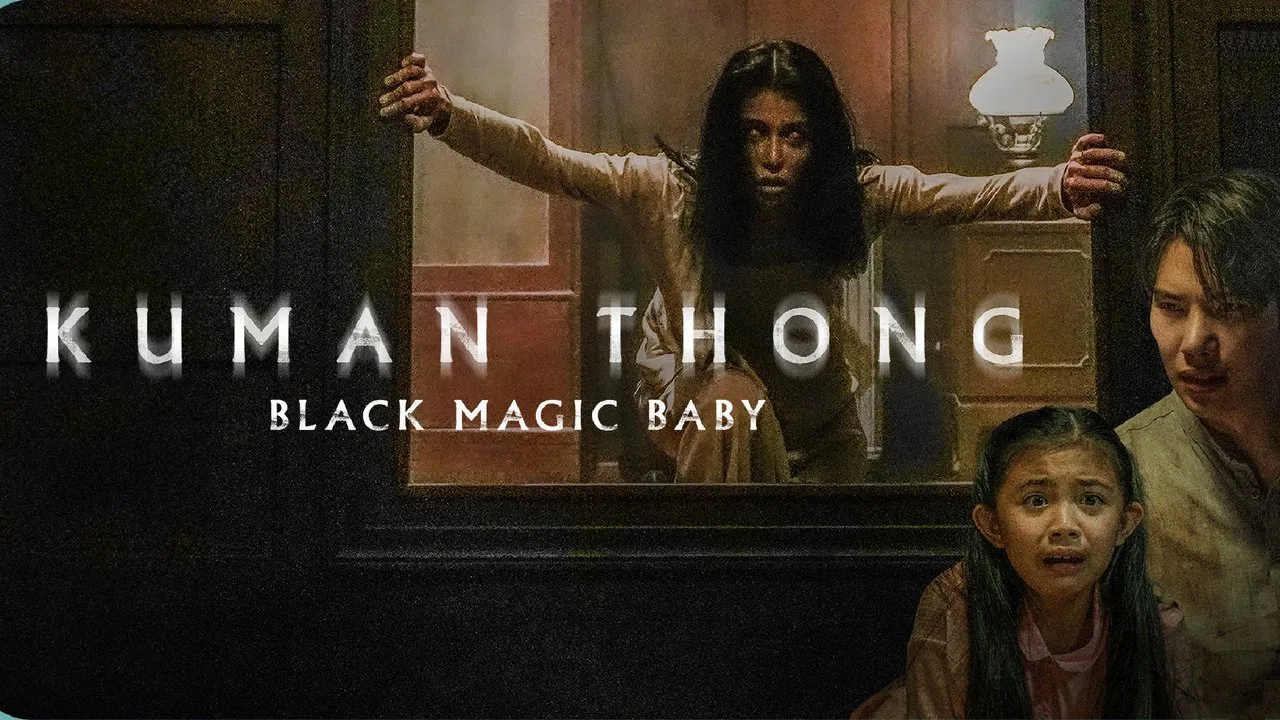
when Horror Yearbook – The Dark Charm of Kuman Thong has fascinated, terrified, and intrigued spiritual seekers and the curious alike across Southeast Asia, particularly in Thailand, where its origins lie deep within centuries-old Buddhist and animist traditions. Revered by some as powerful protective spirits and feared by others as cursed objects tethered to the dark arts, Kuman Thong (or “Golden Boy”) exists in a cultural and spiritual gray zone—one that challenges our understanding of morality, power, and belief.
This mysterious charm, often depicted as a small child statue clad in traditional Thai clothing and occasionally adorned with gold leaf, is believed to house the spirit of a child who can bring fortune, protection, and guidance to its keeper. But the origins of Kuman Thong are far from innocent. Rooted in ancient necromantic practices, Kuman Thong raises unsettling questions about the lengths people will go to for blessings, and the spiritual consequences of tampering with the supernatural.
Kuman Thong’s story begins in Thai folklore, particularly with the tale of Khun Phaen, a legendary figure.
In the story, Khun Phaen creates a Kuman Thong by using the fetus of his dead child.
He performs rituals to bind the spirit and invoke magical powers, turning it into a spiritual servant.
Though fictional, this narrative reflects real practices from centuries ago, involving stillborn or aborted fetuses for rituals.
The original creation of Kuman Thong involved dark rites performed by monks or spiritual practitioners.
They would dry the bodies of dead infants, often those who died unnaturally or violently.
Incantations would invite the spirits to reside in effigies or statues.
These figures became known as Kuman Thong and were believed to offer protection, wealth, and power to curse enemies.
“Read about: The Mysterious Tale of Nang Tani: The Green Lady Ghost”
In modern Thailand, the practice has evolved. Today, Kuman Thong statues are typically consecrated through rituals that do not involve real human remains, though some underground practitioners allegedly still follow traditional, more sinister methods. Spiritual mediums and monks offer blessed figurines that are said to be inhabited by benevolent child spirits. Devotees treat them like living children—offering toys, food, and even iPads, believing that taking care of the Kuman will ensure blessings in return.
Kuman Thong are kept in homes, shops, and even cars. In some cases, they are believed to warn their owners of impending danger, help in business ventures, or bring good luck in gambling. However, those who neglect their Kuman or treat them poorly are warned that the spirits may become vengeful, turning into malicious entities capable of causing misfortune or harm.
What makes Kuman Thong particularly controversial is the fine line it walks between spiritual devotion and occult sorcery. While many claim their Kuman are harmless and benevolent, skeptics and religious authorities worry about the ethics and karmic implications of invoking spirits, especially those of deceased children.
Thai Buddhist authorities have occasionally condemned the practice, arguing that it contradicts core Buddhist teachings of compassion and non-attachment. Others view it as a survival of animist traditions that existed in the region long before Buddhism took root. Still, Kuman Thong continues to thrive in a spiritual underground where morality, fear, and desire intermingle.
“Read more: Thailand’s Most Feared Ghosts: Unraveling the Curse of Phi Tai Hong”
With globalization and the rise of internet subcultures, Kuman Thong has reached new audiences outside Thailand. Videos of Kuman rituals, owners feeding their spirit children, and alleged miracles spread across YouTube and TikTok, fascinating spiritual explorers, horror enthusiasts, and paranormal investigators worldwide. Some Westerners adopt Kuman Thong figures without fully understanding their cultural context or spiritual implications. This trend sparks debates about cultural appropriation and the ethical treatment of spiritual artifacts tied to specific histories.
For many Thais, Kuman Thong represents more than superstition—it’s a powerful expression of faith, fear, and hope. In times of economic hardship or personal struggle, the promise of supernatural help can be deeply comforting. But that help often comes with strings attached. Stories abound of owners who felt tormented by their Kuman, who claimed the spirit demanded constant attention, or who experienced unexplained misfortunes after acquiring one.
The relationship between a person and their Kuman is intimate and often emotionally charged. Owners may speak to them, care for them like real children, and even feel genuine affection. But with that bond comes a sense of responsibility—and sometimes fear—that breaking the connection carelessly could lead to spiritual backlash.
Kuman Thong embodies the tension between blessing and curse, protection and peril. It reflects our deepest desires for safety, wealth, and love. It also exposes our darkest fears: death, punishment, and unseen consequences. People view it as holy child spirits or remnants of ancient black magic. The dark charm of Kuman Thong continues to captivate and haunt. Believers and skeptics question what lies beyond the veil of the visible world.